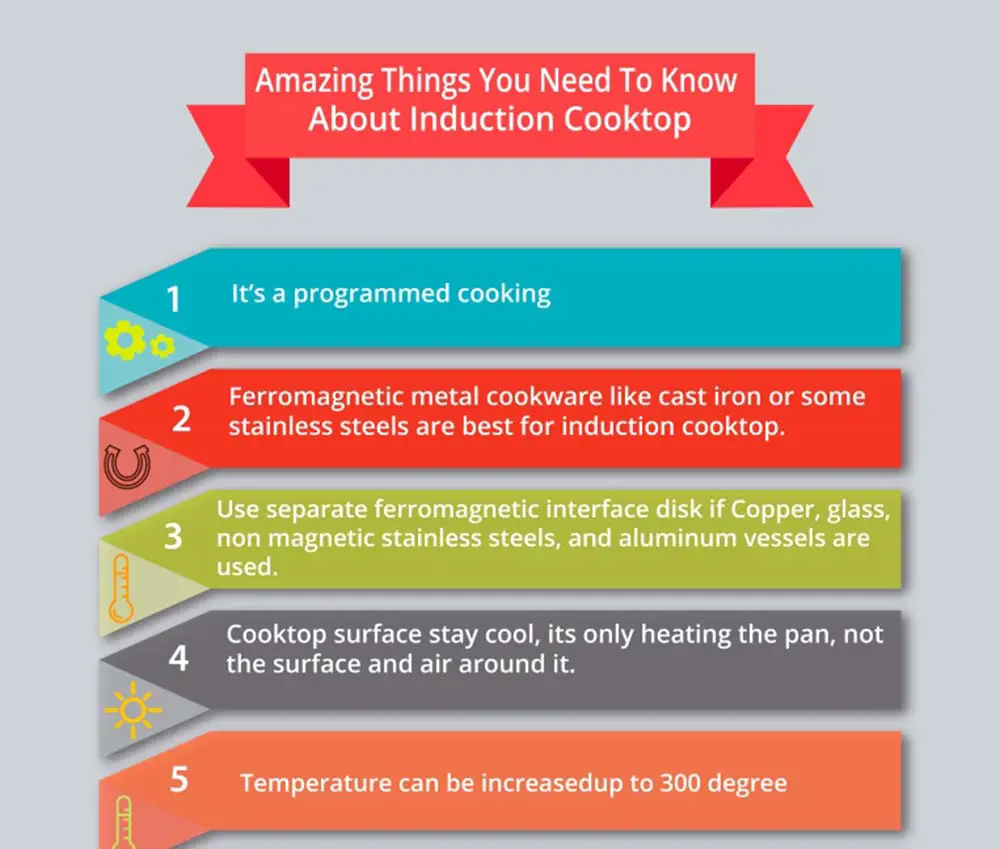

Induction Cookers: What’s the Big Fuss?
Induction stoves have changed the way we cook once and for all. We can cook more using less and don’t have to wait for the pan to heat up when we can alter the temperature manually. Most importantly, when the stove is self-reliant, anyone can use it, be it a chef or a beginner. It’s become the popular choice in current times, and now every cookware brand out there must incorporate induction compatibility to remain competitive. But what is it about induction cooking that makes it so good? Let’s dig in.
Induction stoves are engineered to function most efficiently in all conditions. Their programmed cooking ensures the cookware gets adequate temperature and controls the cooking process through its tech-savvy ways. The induction cooktop’s surface always remains cool and only heats the cookware as necessary, and the highest temperature goes up to 300 degrees Fahrenheit. The induction cooker immediately turns off by itself the moment you lift the cookware. This way, you’re safe from accidents in the kitchen, and the air around isn’t hot and sweaty. The heat produced is only inside the cookware’s base. These factors prove how less heat is wasted in your kitchen, saving ample energy and costs.
Moreover, an induction stove’s flat surface makes it convenient to clean comfortably with one swipe of a dishcloth. Ferromagnetic metal cookware like stainless steel and cast iron are the best for induction cooktops. Ferromagnetic metals are naturally attracted to magnets or form magnets when in contact with the magnetic field. However, if you’re using metal cookware that isn’t ferromagnetic (non-magnetic stainless steel, aluminum, copper), use a separate ferromagnetic disc on your induction cooktop, and you’re good to go. On the other hand, any induction stove has replaceable parts, increasing your stove’s lifespan.
An In-depth Comparison Between Gas & Induction
Gas stoves are old school and very much the most used cooktops. They are more affordable and they give you first-hand control over the temperature (you can alter it any time to any temperature as fire is used instead of electricity to generate heat). But how do they stack up against induction cooking? We shall find out.
When it comes to efficiency, an induction cooktop beats a gas stove almost doubly in figures; its 40% compared to the gas stove’s 84%. You cook quickly, productively, and get more done with comfort. Moreover, induction stoves are super fast; they function faster and serve you the food you want in no time. On the other hand, gas stoves are slower as they rely on fire manually heating them; nonetheless, they are practical and have a quick response time.
But gas stoves are prone to danger. Gas leakage, excessive heat, wastage of heat can all make them potentially harmful. Especially with children around the house, an induction stove is the safest option because it takes no time to cool down once you remove the cookware, and the base doesn’t heat up, unlike gas stoves that also take longer to cool down. To conclude, our contemporary time demands us to be responsible consumers, and induction cookers are environmentally friendly (saving energy and costs). In contrast, gas stoves produce lots of carbon dioxide every day.
